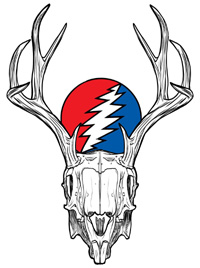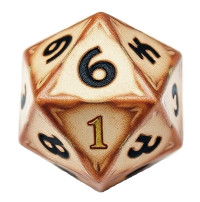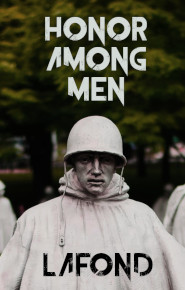My mother had grown up on a North Carolina farm and couldn’t get away from it quick enough, moved to the city, completed college, married a military man, and then came little ole me. The farm is still in the family but most of the family has moved away and lost the skills to do any of the work necessary to operate it.
I used to spend the summers with my Grandma, and she would get so upset that I didn’t know how to wash clothes by hand. I was afraid my fingers would get caught in those rollers when the machine wrung out the sheets. My mother would tell her that we have all modern appliances and that hanging clothes on a line was no longer necessary. But my Grandma would say, “Your Mamma ain’t here, she’s workin’ so you’re hangin’ clothes on the line.”
She would always wear a skirt, even if there were pants underneath. She also carried a pearl-handled pistol, a revolver that is still in the family. I remember her telling me to turn the TV off and go outside and I said, “But it’s so hot,” and she said, “It’s not hot. Go pick up those rotten apples for the pigs.”
I didn’t want to. I was this suburban girl with these soft little hands and those apples and the pigs were all nasty. But she got my Uncle and he told me that if I didn’t pick up the apples and otherwise do my chores that there’d be a snake in my bed at night—and he was good for it. I knew to get to work right then, running down to the orchard with that canvas sack to pick up rotten apples, sweating like a slave!
-Aretha Jackson
*****
When Aretha told me of this childhood episode and what had become of the family farm, I was reminded of Mary Rowlanson’s captivity among the Wompanoag Indians, a tribe whose chief, “King Phillip” was depicted as bearded and whose women seemed to have no traditional clothing craft skills when Mary lived among them, 30 tears after their conquest by the English. Mary was sought by men and women to knit them garments, people who paid for her handiwork what they could. The Indians also spoke rough, low caste English according to her account, not some unintelligible Indian language. With clear evidence of large scale adoption of runaway European slaves, as well as the letters from the wives of the nearby Stockbridge Indians a generation later, requesting cloth for clothing fabrication, it seems probable that Indian peoples from Georgia to New England, obviously of mixed-race and fond of European fashion according to contemporary illustrations and paintings, had largely broken with traditional female craft industry in favor of English forms. This might be reflected in the postmodern status associated with suburban living. It might also have to do with the fact that keeping domestic craft skills alive in a small-scale society suffering demographic change through epidemic disease introduction and adoption, would be more difficult than keeping warrior skills alive.
Adoption of teen age runaways was the most common form of the practice and effected the most efficient replacement of the dead. However, the skill base necessary for female crafts would take longer to develop than masculine war crafts. Furthermore, knitting and clothing production in Plantation America seems to have been the province of the Lady or Mistress of the Plantation, like Penelope at her loom in the Odyssey, a craft long associated in European cultures as demarcating a class line within the home. So, with slave girls consigned to cleaning, gardening and menial labor, and having been drawn largely from impoverished refugees from the enclosure acts in England, who dressed in castoff rags and had no means of setting up craft production in rented hovels, the fact that the women of the Wompanoag, who would have been about half adopted Europeans, looked upon Mary with a mixture of awe and jealousy, is congruent with their social origins.
Explore Plantation America
Support Plantation America Research
To support this project and view some graphics go to:
link › patreon.com/jameslafond
So Her Master May Have Her Again
A History of Runaway White Slaves in Plantation America: Part Two











